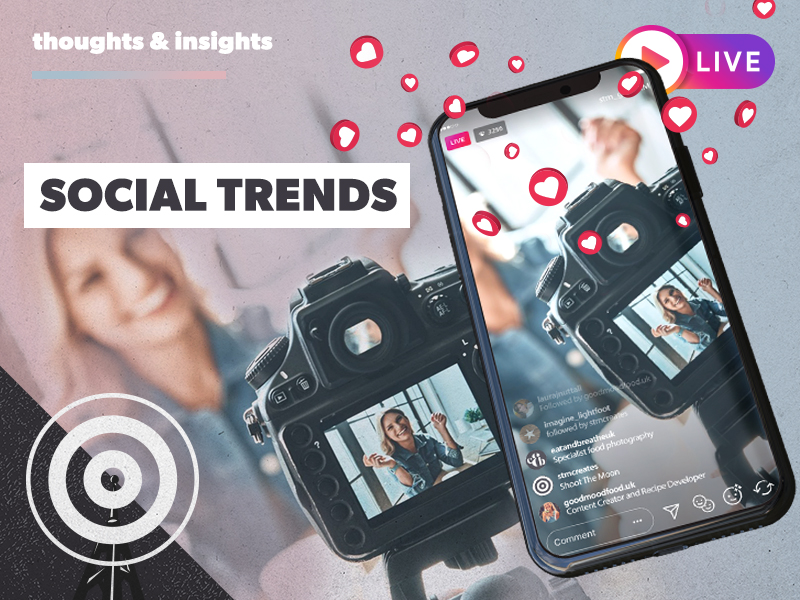
How to drive authenticity through influencer marketing


Look away from social media for a moment, and there’s a new craze or a platform emerging as the next biggest thing.
The changes never stop, so now we’re more than halfway through 2021, we’ve taken a moment to explore what’s coming next. Here are the biggest social trends set to shape the content we’ll consume in the coming months.
We’ve known for a long time that video is king in content. At the end of June, Instagram made an announcement that really cemented this status. Instagram Head Adam Mosseri declared that the platform would no-longer be ‘a square photo-sharing app’, promising over the coming months, they’d lean even further into video entertainment and experimentation. This includes new ways to recommend videos to users, and a renewed focus on a full-screen, mobile-first format. While this may be a surprise to people so used to its iconic square, it opens up a whole new world of opportunities to create stronger connections with users.
The stats already show the real dominance of video:
Users view more than 1 billion hours a day on YouTube alone
86% of businesses are currently using video as a marketing tool
We’re also 1.5 times more likely to consume video content on our phone – so it’s clear why Instagram are taking this mobile-first approach. Their transformations will give rise to even more engaging content. And evolve their algorithms to put video content at the forefront. For brands, this brings new opportunities to form even stronger connections with their online audience. And more than anything, it elevates the importance of video as an integral part of a marketing strategy – meaning content of this style should be firmly on the agenda for this year and moving into 2022.
As well as affirming their focus on video, Instagram identified another area of evolution in their recent announcement. Shopping. Across all platforms, we’re seeing increasing opportunities to buy directly through served ads and sponsored content, creating a smooth in-app shopping experience. This is a valuable way for businesses to boost sales, but at the same time, detracts from the authenticity they’ve worked hard to achieve. Brands need to ask themselves whether it’s engagement or sales they’re striving for on social, and if more choose the latter, it could really change the face of content.
Consumers are just people. Which is why we most strongly relate to authentic, human stories. Brands can tap into this real-ness by partnering with the right influencers (read more here on how to achieve authenticity through influencer marketing), joining in the conversation surrounding social trends and by sharing behind-the-scenes style content. This could include putting social channels directly in the hands of the staff to show the people behind the brand, or taking audiences into the production process to see exactly how their favourite products are made. And when it comes to photography, this authenticity manifests itself as images that show users the ‘story behind the shot’, or shots of products in real-life use – such as food items with cutlery, crumbs or bites missing. Read more about authentic photography on Eat & Breathe’s blog here.


Over the last 18 months, the pandemic has really cemented the importance of buying from brands with strong values. Statistics in the 5W Consumer Culture report revealed that 71% of consumers prefer to choose companies who share their commitment to a certain cause – and this figure rose to 83% for millennials. While it may once have been fine to skirt around big topics like sustainability and social change, we now want businesses to tackle these issues head on. So increasingly, brands are doing this by highlighting the steps they’re taking for change. Purposeful ads really dominated in all the categories at this year’s Cannes awards – with winners including Starbucks and Mastercard’s work in support of Trans communities, and Heineken’s ‘Shutters’ campaign which devoted their outdoor ad spend to the world’s struggling bars.
On a smaller, social scale, brands can get similar messages across by sharing stories ‘from the ground’ – the work their people are doing to make a difference. Also tapping into the realness trend, this shows that companies are acting on their words, not just making top level statements.
In a similar vein, it’s also becoming increasingly important for brands to protect their online audiences in terms of privacy and data. Consumers want to see relevant ads, but are concerned about how their information is used by private companies. By making use of contextual targeting technology – and building a brand safety profile – businesses can ensure their ads get in front of the right audiences in the most responsible way.
If you’d like to create a strategy that incorporates all these trends, get in touch – the award-winning content team would love to help!

When you visit us in Manchester
We have free parking available on site (M4 6AX) but, spaces are limited. Day parking is also available on Goulden Street just round the corner.
When you visit us in Leeds
If you’re visiting us in Leeds we’re based at Mabgate Mills (LS9 7DZ) and there are plenty of parking options nearby.
Day parking is available nearby with free on street parking available for 4 hours on Cherry Row and reasonably priced parking on Macaulay Street and Mabgate via an app called ‘Park Mobile’.